How To Tell If A Diamond Is Real Or Fake?
Buying a diamond is a significant investment, especially in Melbourne, where the jewellery market offers everything...
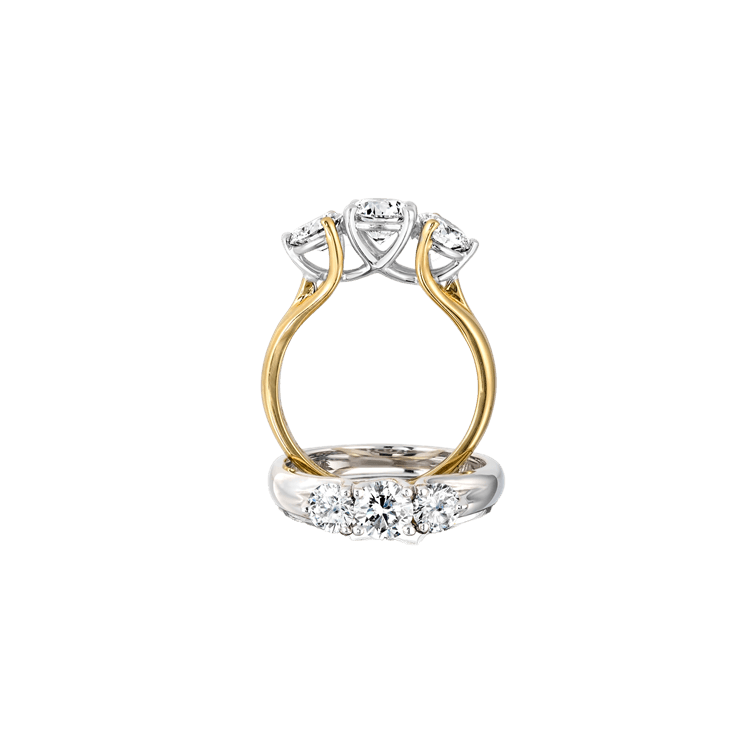
When it comes to purchasing an engagement ring, the diamond isn’t the only star of the show. The setting style can dramatically impact the overall look, feel, and durability of your ring.
Whether you’re just beginning your search or narrowing down your dream ring, understanding the different engagement ring setting styles can help you make a confident and stylish choice.
In this guide, we’ll explore the most popular setting styles engagement ring buyers are loving today and how your setting choice can influence price, longevity, and aesthetic.
The setting refers to the way the diamond is mounted or held in place on the ring band.
It’s not just about aesthetics—the setting influences how secure the diamond is, how much light enters it (and therefore how much it sparkles), and how the ring fits your lifestyle.
From classic claw styles to sleek bezel designs, your choice of engagement ring setting styles plays a crucial role in both function and fashion.
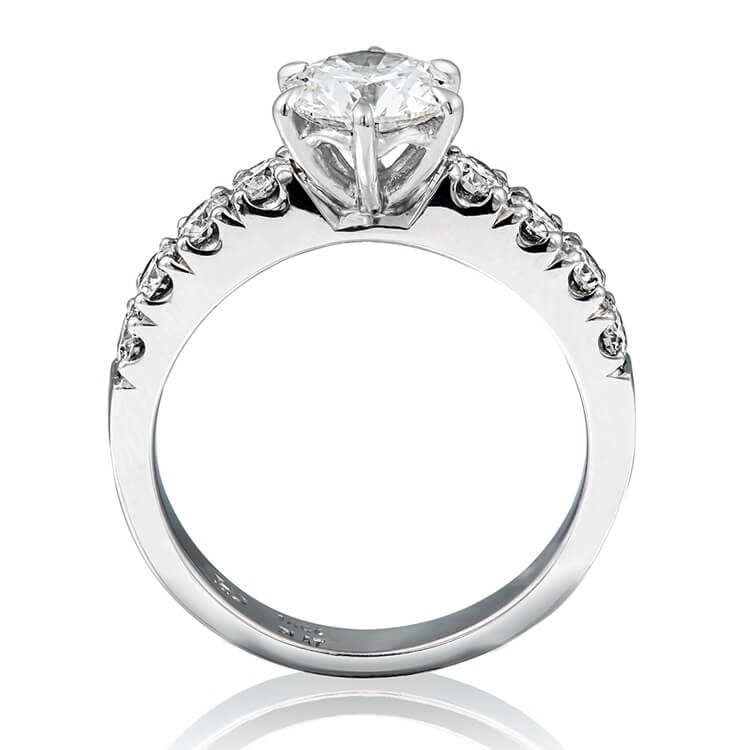
Often seen in solitaire rings, the claw setting uses metal prongs (typically four or six) to secure the diamond. It’s ideal if you’re after a minimal yet striking look that highlights your diamond’s sparkle.
Pros: Maximises light exposure for brilliance, elevates the diamond making it a standout feature.
Cons: Prongs can catch on clothing, may require re-tipping over time.
Best suited for: Round Brilliant, Oval, and Pear-shaped diamonds.
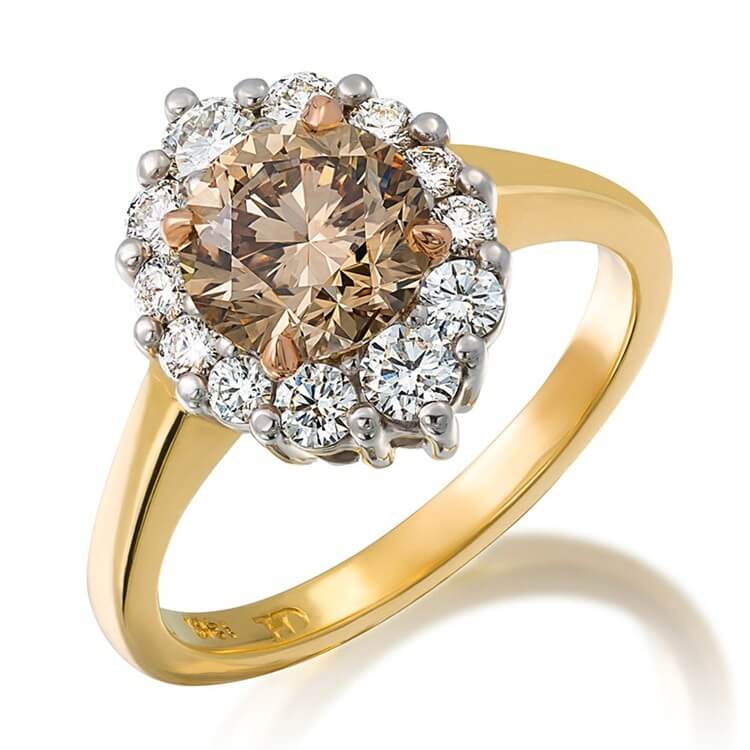
A favourite in current trends in engagement rings, microclaw settings are perfect for those wanting fine detailing and multiple stones without chunky metal coverage.
Pros: Offers a more delicate, seamless appearance and allows multiple diamonds to shine.
Cons: Requires regular maintenance to keep small claws secure.
Best suited for: Accent stones and pavé bands.
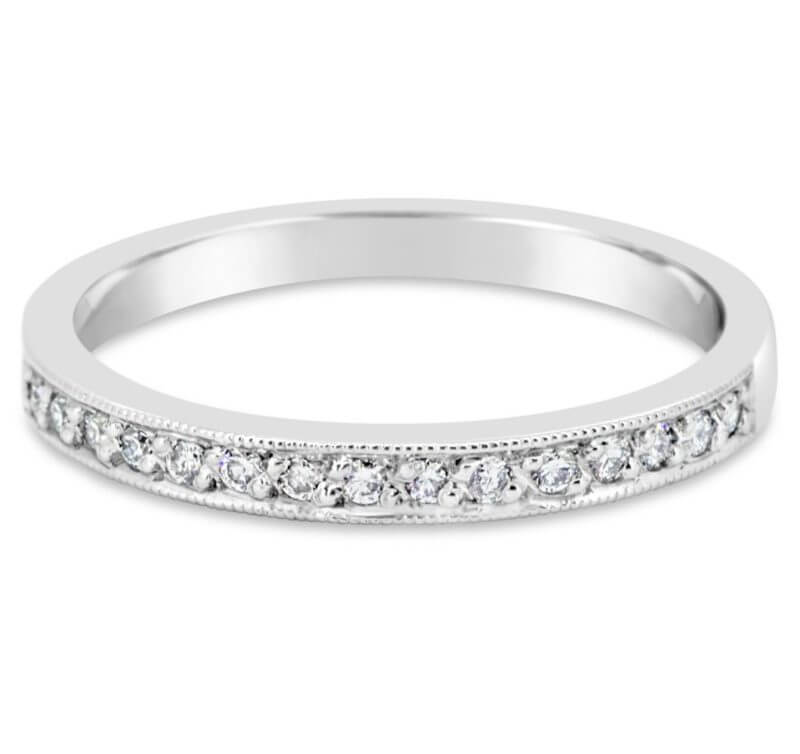
This setting uses tiny beads of metal to hold stones in place, creating a highly detailed and textured finish. The grain setting is often seen in vintage and Art Deco styles. Need to know the best metal for your engagement ring choice, check out our guide to make an informed ring purchase.
Pros: Secure and durable setting style, its design is intricate, giving an antique-style look.
Cons: Less diamond exposure so less brilliance.
Best suited for: Smaller round diamonds, especially in decorative bands.
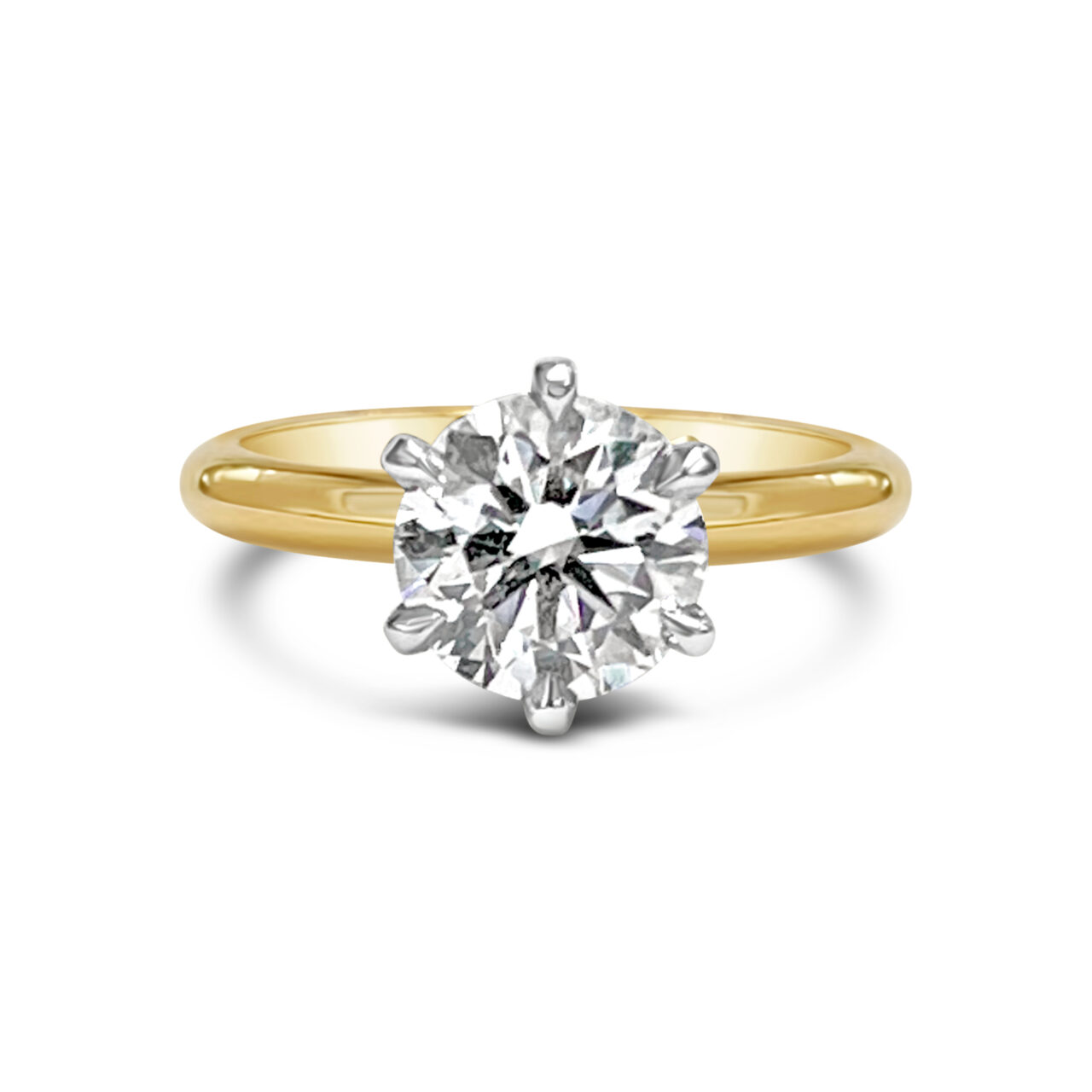
This is a broad and versatile setting style that suits most aesthetics and diamond shapes.
Pros: Highlights the diamond, timeless and elegant setting.
Cons: May loosen over time.
Best suited for: Most diamond cuts.
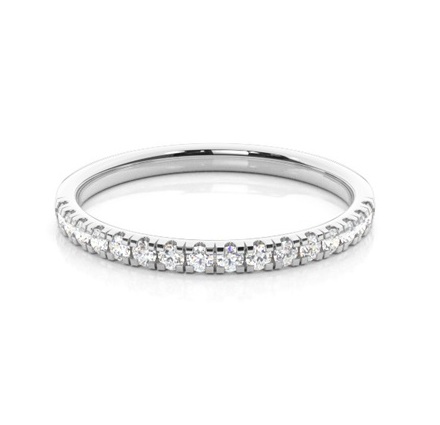
This setting is growing in popularity for custom designs and high-jewellery styles. They give a sculptural element to your ring. Read our custom engagement buying tips that mentions diamond setting importance for bespoke designs.
Pros: Offers extra security, creates visual interest and can enhance the centre stone.
Cons: Can appear busy if not proportioned well.
Best suited for: Round, Cushion and Radiant cuts.
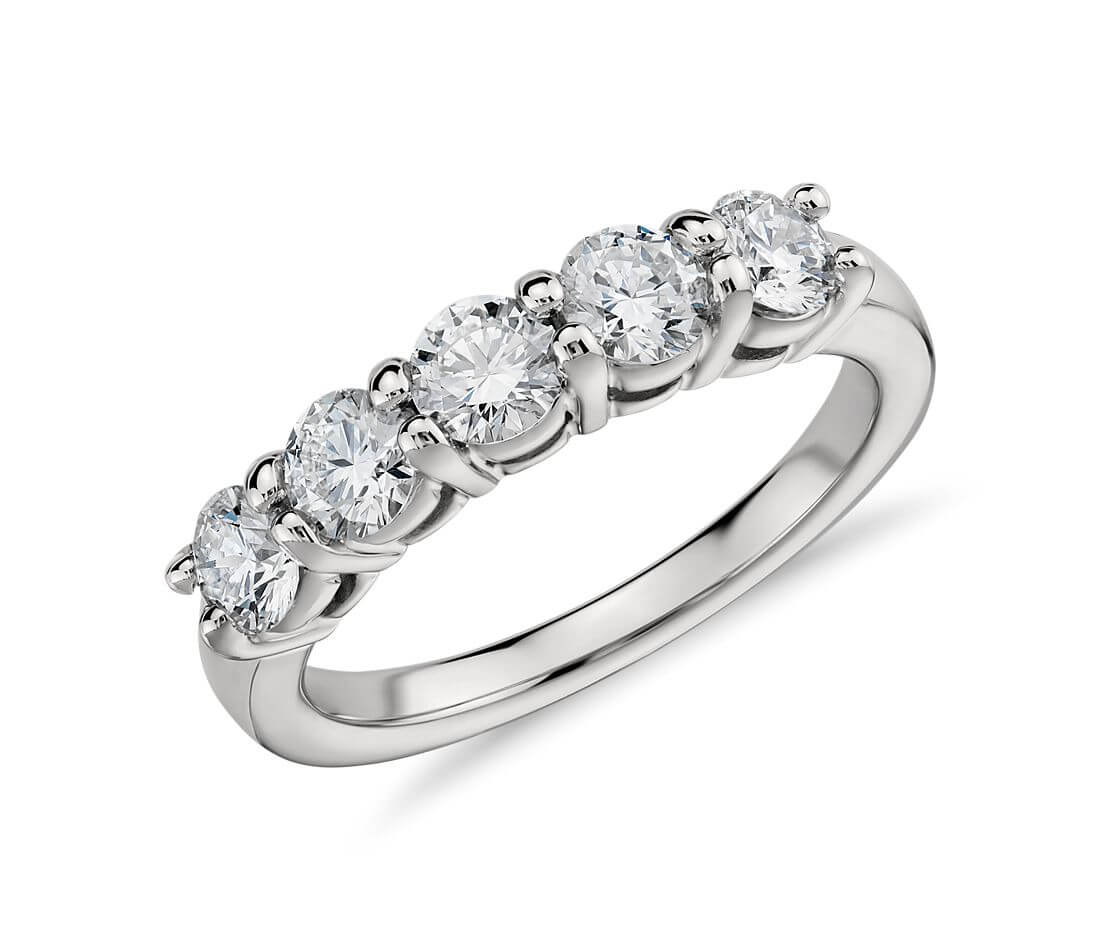
Perfect for those looking for a continuous sparkle across the band, shared prong settings add elegance while keeping a light, floating appearance. This setting style is common in eternity bands and side stone rings.
Pros: Minimal metal between stones, enhances sparkle.
Cons: Less protection for each individual diamond.
Best suited for: Round and Oval diamonds
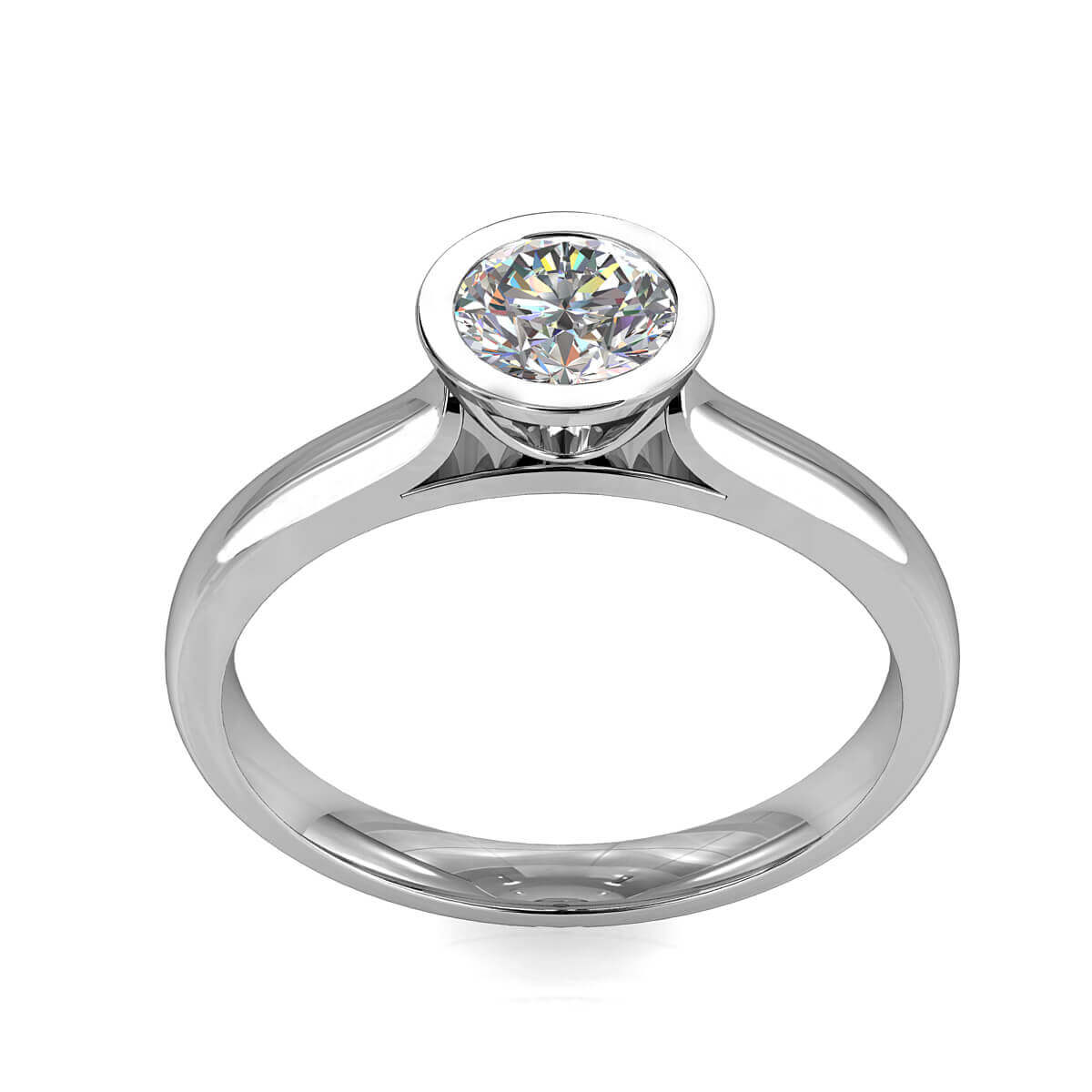
This sleek metal frame surrounds the diamond, ideal for those with an active lifestyle looking for longevity, along with a modern, clean style. If you’re concerned about daily wear, this one is a top choice. It also links perfectly with our guide on how to take care of an engagement ring.
Pros: Most secure setting, smooth and snag-free.
Cons: Reduces light exposure to diamond.
Best suited for: Round, Princess and Emerald cuts.
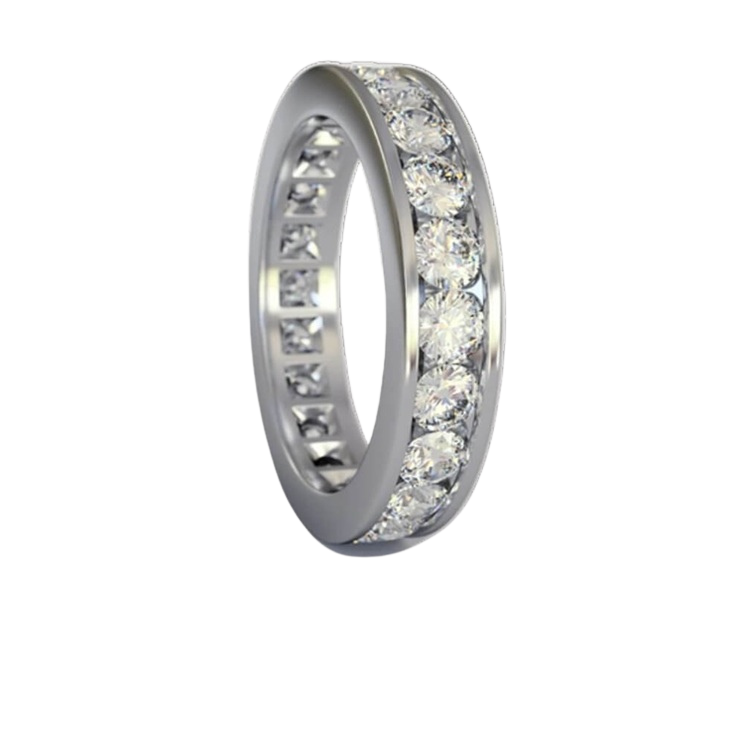
Perfect for a continuous line of sparkle, channel settings offer durability and elegance, without claws. Seen popular in both wedding and anniversary bands.
Pros: Flush design protects stones, great for ring stacking.
Cons: Difficult to resize.
Best suited for: Small round or Princess cut diamonds.
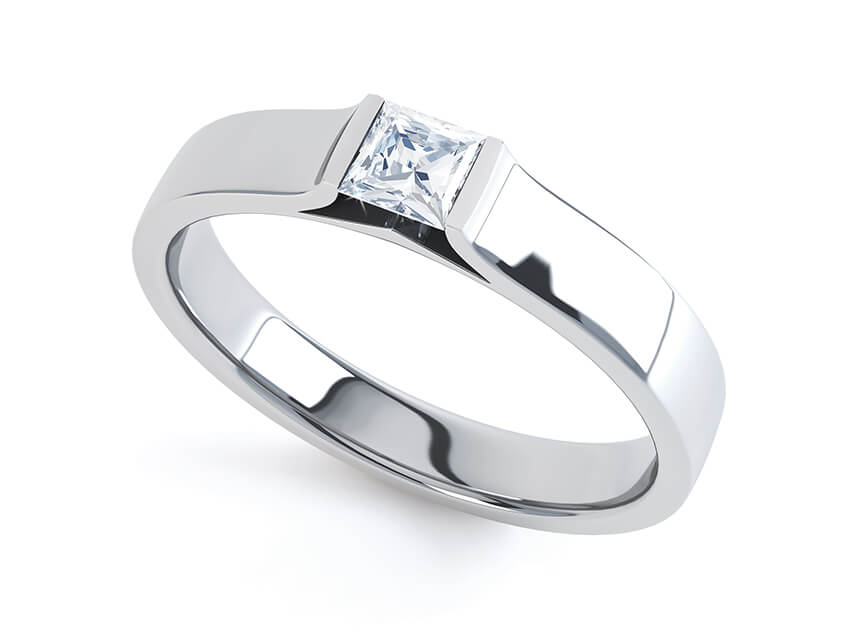
This setting uses pressure to hold the diamond in place between two open ends of the band. Often loved for its futuristic, clean aesthetic. If you’re looking for a modern, high-impact design, this is the one.
Pros: Unique, modern design that maximises light exposure.
Cons: Requires exact diamond size and hard to resize.
Best suited for: Round and Princess cuts.
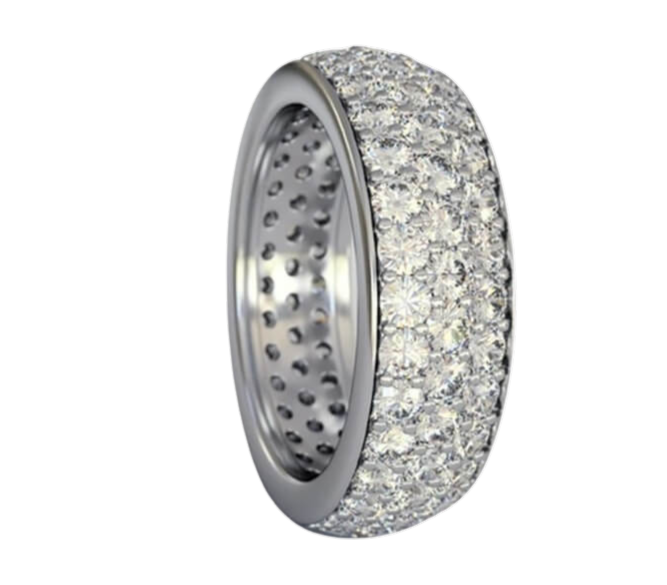
Pavé comes from the French word for “paved,” and it delivers that exact look: a surface encrusted with tiny diamonds for maximum shimmer. This setting is frequently used in engagement and fashion rings.
Pros: Adds extra sparkle, enhances the centre stone.
Cons: Small stones may loosen over time.
Best suited for: Small accent diamonds in any cut.
Choosing the right setting involves balancing visual preferences, practicality, and your lifestyle. For example:
Explore more about how cut influences design in our cut of diamonds blog.
For those after something long-lasting, Bezel and Channel settings are ideal. If you’re more concerned about showcasing your diamond’s brilliance, Claw or Pavé may be your best bet.
Some setting styles for engagement rings are more affordable due to simpler craftsmanship, whilst others require detailed work.
| Setting Style | Price Range | Longevity | Maintenance Level |
| Claw/Prong | $$ | Medium | Moderate |
| Bezel | $$$ | High | Low |
| Channel | $$$ | High | Low |
| Pavé | $$$$ | Medium | High |
| Tension | $$$$ | Medium | High |
| Grain/Microclaw | $$-$$$ | Medium | High |
| Shared Prong | $$ | Medium | Moderate |
For those after something long-lasting, Bezel and Channel settings are ideal. If you’re more concerned about showcasing your diamond’s brilliance, Claw or Pavé may be your best bet.
The most popular engagement ring setting styles today are:
Your ring setting plays a huge role in your ring’s overall aesthetic and durability. Whether you favour the minimalist look of a tension setting, the sparkle of pavé, or the security of a bezel, there’s a perfect setting for every diamond and every bride.
If you’re starting your journey, our guide to buying an engagement ring in Melbourne is a great place to begin. Wondering about costs? Take a peek at our blog post on how much should an engagement ring cost. And if you like the idea of a gemstone engagement ring, read our article discussing alternatives to a diamond engagement ring to get inspired.
Choosing the perfect setting is just the beginning of your engagement ring story. At our jewellery shops melbourne, our staffs will help to guide you through every detail, from diamond cut to craftsmanship, ensuring your ring is as unique as your love. Explore our handcrafted collection or book a consultation to discover the engagement ring setting styles that best reflect your style, story, and future.
The bezel setting is the most secure style, as it completely surrounds the diamond, protecting it from impact and daily wear.
Claw (or prong) settings and pavé styles allow the most light to enter the diamond, enhancing its brilliance and fire.
Yes, but it can be complex. Some settings (like tension or channel) are harder to modify. It’s best to consult a jeweller first.
Buying a diamond is a significant investment, especially in Melbourne, where the jewellery market offers everything...
Pink engagement rings have a distinct presence – delicate, expressive, and incredibly rare. At Holloway Diamonds, we...
Heading to the Mediterranean this season? While you soak up the sun, make sure your diamonds are just as radiant when...